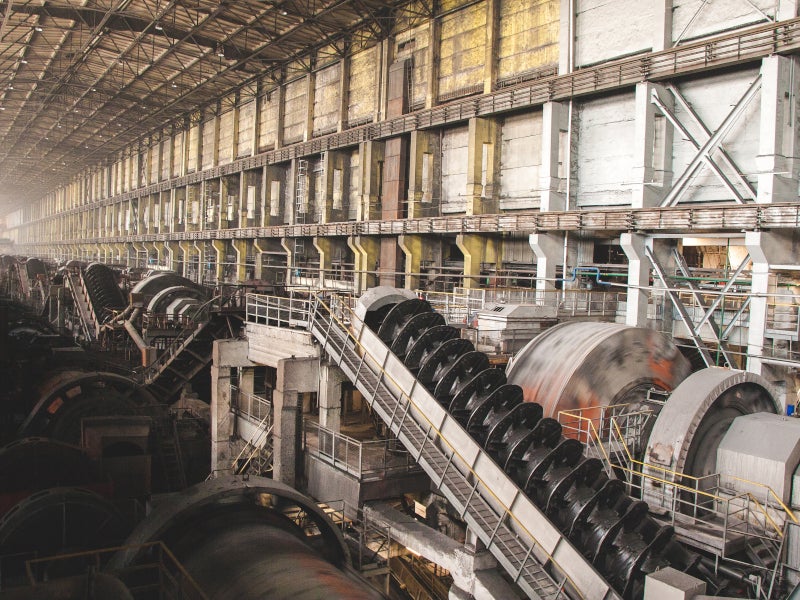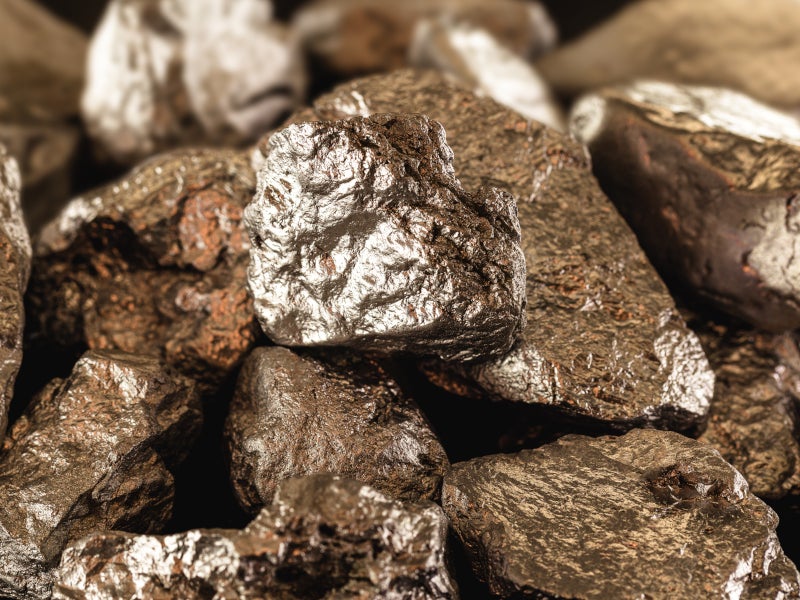The Vizcachitas copper-molybdenum project includes the development of an open-pit mine situated in the central Andes of Chile. It is recognised as one of the most significant advanced copper deposits in the Americas.
Los Andes Copper is the owner and developer of the project. The prefeasibility study of the project was completed in February 2023.
The development of the Vizcachitas project is estimated to require an initial capital investment of $2.44bn, with construction planned for the period between 2027 and 2029. First copper production is anticipated in 2029. The operational mine life is estimated to be 26 years.
Vizcachitas aims for a daily throughput of 136,000 tonnes (t), targeting an annual copper output of 183,000t over the initial eight years.
Ecora closed a $20m agreement to purchase a 0.25% net smelter return royalty over all metal production from the open pit of the project in August 2023.
Project location
The Vizcachitas copper-molybdenum project is located in the Andean mountains within the Rocin river valley, approximately 150km north-east of Santiago, Chile, and 46km north-east of Putaendo in the San Felipe province.
Geology and mineralisation
Geologically, the project lies within the north-south oriented Neogene metallogenic belt, known for its extensive copper-molybdenum porphyry deposits, which span the Andean slopes of Chile and Argentina. Notable deposits in the belt include Los Pelambres-El Pachon, Rio Blanco-Los Bronces, and El Teniente, situated at varying distances from Vizcachitas.
The site comprises a complex array of porphyries and hydrothermal breccias, intruding into volcanic rocks of the Abanico formation, dating back to the Eocene-Oligocene epoch.
Mineralisation at the site exhibits a classic zonation pattern, with a leached zone overlying a secondary enrichment zone characterised by chalcocite and covellite of varying intensity.
Reserves
The proven and probable reserves at the Vizcachitas copper-molybdenum project are estimated at 1,220t, grading 0.36% copper, 136ppm molybdenum and 1.1 grams per tonne of silver as of March 2023. The total contained metal is estimated at 9,623 million pounds of copper, 365 million pounds of molybdenum, and 43.6 million ounces of silver.
Mining methodology
The proposed mining method for the Vizcachitas copper-molybdenum project, based on the copper and molybdenum grades, is open-pit mining method.
The operational framework encompasses internal processes such as drilling, blasting, loading, hauling, and earthworks, supplemented by select external services. Mining operations will be carried out in 15m benches with a total of ten benches mined per year.
The operating mine design will encompass 12 phases, cumulatively amounting to 1,421t of ore with an average copper grade of 0.35%, and 4,325 million tonnes of waste at a cutoff grade of 0.18% copper or higher.
The mining fleet will comprise production drills, electric shovels, hydraulic excavators, front-end loaders, mine haul trucks, bulldozers, wheel dozers, motor graders, water trucks, and an autonomous haulage system for efficient transportation.
Ore processing
The processing plant will have a capacity of 136,000 tonnes per day, and will be distributed across two zones within the Rocin River valley. The crushing and grinding circuits will be positioned atop a platform constructed from compacted waste rock from pre-striping. The wet processing area will be situated on a natural plateau adjacent to the eastern access road.
The run-of-mine ore will undergo crushing in a primary gyratory and a secondary cone crusher in open circuit, followed by tertiary crushing in two high-pressure grinding rolls in a closed circuit with banana screens.
The resulting undersize material will be channelled to two ball mills in a reverse closed circuit with hydrocyclones, aiming for a P80 of 240μm. The hydrocyclone overflow will be thickened to 50% solids by weight before being conveyed to the flotation area.
The flotation process will be conducted in two stages: a Cu-Mo bulk flotation followed by a Cu-Mo selective flotation.
Both stages will utilise mechanically agitated tanks and column cells to produce concentrates, which will be filtered, stored in Rotainers (for copper) and bags (for molybdenum), and then transported by truck to the port of Ventanas or other locations based on buyer agreements.
The processing facility is designed to yield clean copper concentrates with an approximate purity of 24%.
Site infrastructure
The project site is accessible through a 125km road connecting Santiago to Resguardo Los Patos, and an additional 36km road from north of Putaendo to the flotation plant, ensuring transport for personnel, supplies, and concentrate throughout the operation’s lifespan.
The Port of Ventanas, located 145km from the project site, will serve as a primary access point. The ports of Valparaíso and San Antonio are designated as supplementary options, with rail transport from San Felipe under consideration for copper concentrate shipment.
The power required for the project will be sourced from the national power grid through the Los Maquis substation, situated 25km east of Los Andes in the Valparaiso region. A 61km-long, 220kV double-circuit line is proposed to be installed to supply 150MW of power to the project.
Water for the project will be sourced from a desalination plant near Papudo from where water will be conveyed to a pump station near Cabildo. A 90.6km-long, 26-in-diameter pipeline will transport water to Vizcachitas. An alternative water supply arrangement involves a 500-litre-per-second desalination plant owned by Los Andes Copper near Longotoma.
Contractors involved
Tetra Tech, a leading provider of consulting and engineering services, is responsible for preparing the prefeasibility study report for the project.
Desala Petorca, a specialised water supply company, will supply desalinated water to the project.






